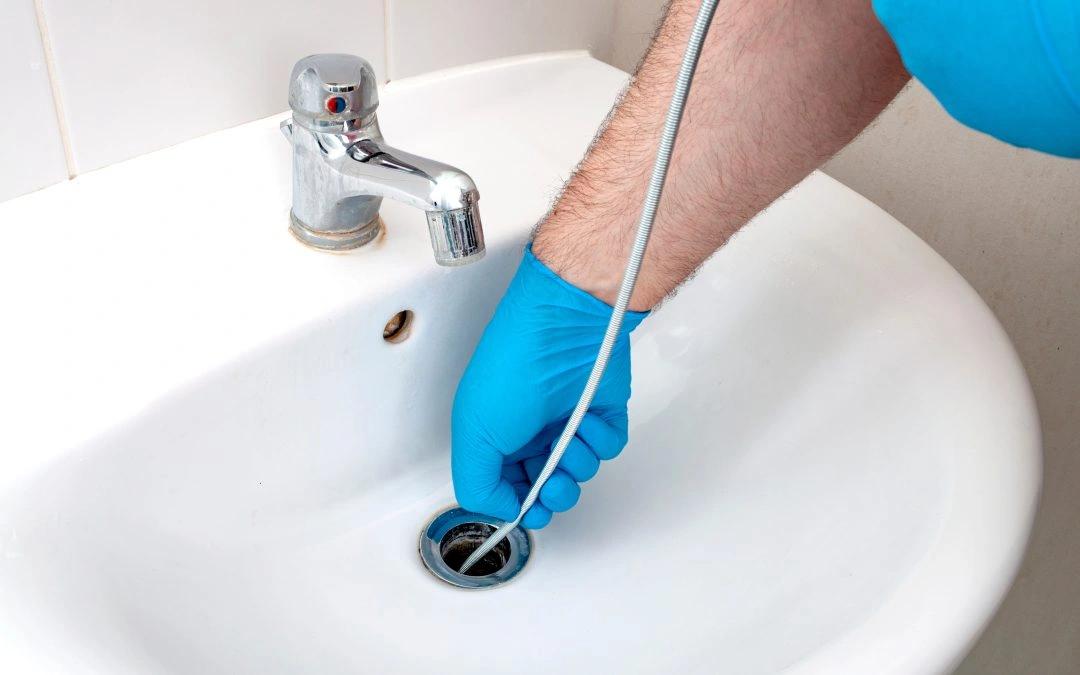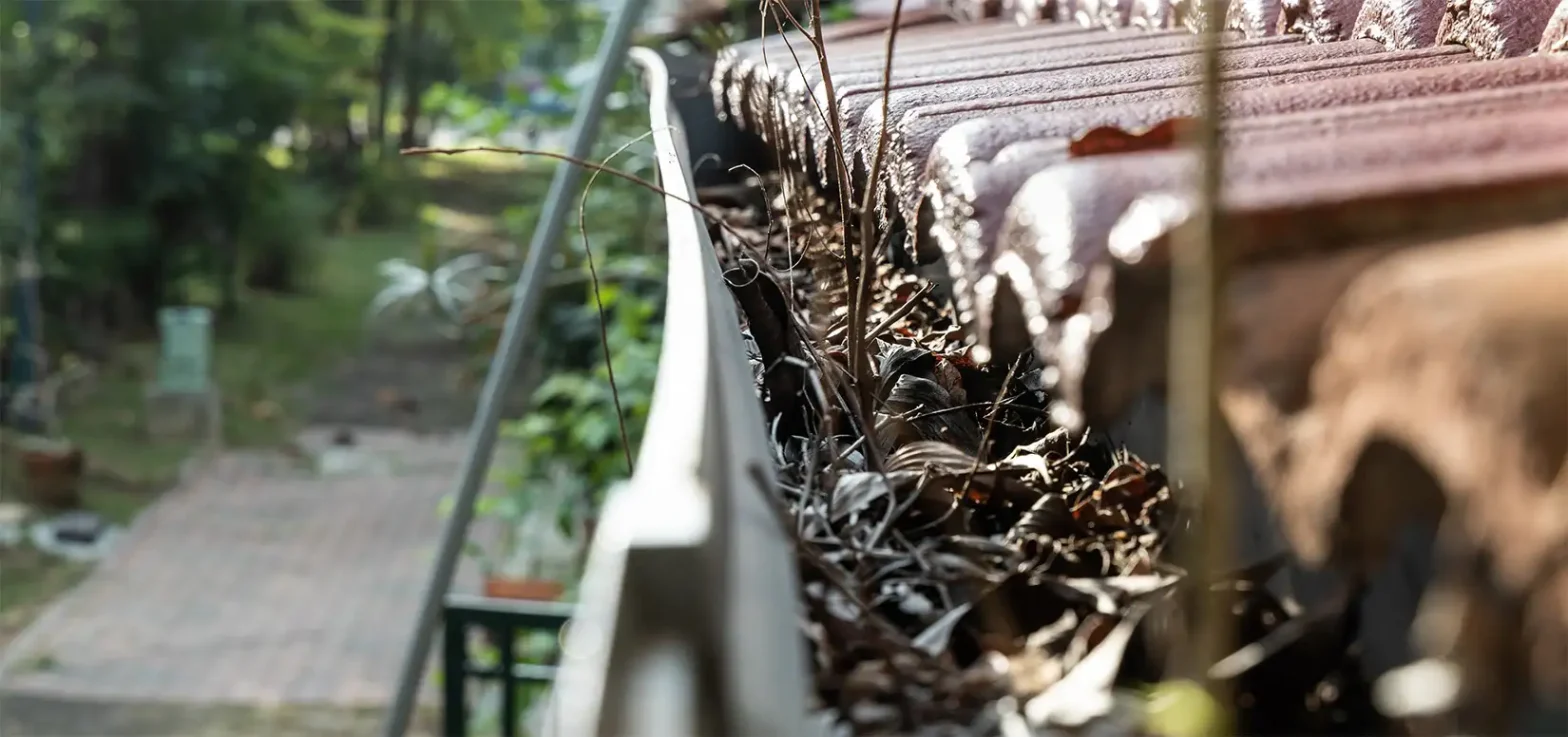Top 6 Signs You Need a Sewer Line Repair or Replacement
A sewer line is a critical pipeline that carries wastewater from your home to the municipal sewer system or a septic tank. When functioning correctly, it’s something you rarely think about. However, when problems occur, the damage can be extensive, affecting not only your plumbing system but also your home’s foundation and your family’s health.
sewer line repair or replacement addresses issues like cracks, blockages, leaks, or collapsed pipes in this essential system. Early detection is key to avoiding costly repairs and further damage. Below are the top 10 signs you may need sewer line repair or replacement—and what they mean for your home.
Recommended reading: Trenchless vs. Traditional Sewer Line Repair Services
1. Persistent Drain Backups
Recurring drain backups is one of the most common symptoms of a sewer line problem. If you find that the drains in your sinks, showers, or toilets are constantly backing up, it clearly indicates that something is obstructing the flow of wastewater. While it’s normal for drains to clog occasionally due to small debris like food particles or soap scum, constant or recurring backups suggest a much larger issue.
The cause of these persistent backups typically lies deep within your plumbing system, particularly in the main sewer line that connects your home to the municipal sewer system or septic tank. Over time, this line can become clogged with a variety of materials, such as grease, hair, soap scum, or even tree roots. These blockages restrict the flow of wastewater, causing backups in the drains. If left untreated, the issue can worsen, resulting in sewage backing up into your home—a health hazard requiring immediate professional intervention.
For instance, grease and oils from cooking can slowly build up on the walls of your pipes, eventually narrowing the passage until water can no longer flow freely. Hair and soap scum are more common culprits in bathroom plumbing, especially in areas with frequent showers. Tree roots, naturally drawn to the moisture inside pipes, can infiltrate the sewer system through cracks or weak spots, growing over time to block the passage of water. The longer these blockages go unresolved, the more severe the problem becomes.
If plunging or using a drain snake provides only temporary relief, it’s time to call a professional plumber. Plumbers typically use high-pressure water jetting or mechanical augers to remove stubborn blockages. Still, repairs or drainage pipe replacement may be required if the issue is more severe—such as an invasive tree root or a collapsed pipe.
2. Slow Drainage in Multiple Fixtures
Slow drainage in a single fixture may seem like a minor annoyance, but when the problem affects multiple drains across your home, it’s a sign that something much more significant is at play—likely a blockage or damage in your drainage pipe. When multiple plumbing fixtures, like toilets, sinks, bathtubs, and showers, are all draining slowly or backing up, it suggests that wastewater is having difficulty navigating the system. This usually points to a blockage or partial obstruction in the main drainage pipe, as these lines handle the drainage from your household plumbing.
A variety of materials can build up over time in the drainage pip,e including food waste, hair, soap scum, and mineral deposits. Even foreign objects, such as paper towels or sanitary products, can find their way into the line and cause partial blockages that impede water flow. These blockages reduce the sewer system’s efficiency, slowing down water drainage from all fixtures.
While minor blockages can be cleared with a plunger or drain cleaner, professional intervention is usually necessary when the problem affects multiple fixtures. A plumber will use specialized tools such as a sewer camera inspection to identify the location of the blockage. In many cases, hydro-jetting—high-pressure water that breaks down clogs—can clear the blockage without requiring invasive digging. However, if the issue is a deeper structural problem in the drainage pipe, a more extensive repair may be necessary.
3. Foul Odors Inside or Outside the Home
If you notice persistent foul odors around your home, especially in areas where plumbing fixtures are located, it’s time to take action. The smell of sewage is unmistakable and, under normal circumstances, should never be present inside or around your property. Suppose you start to detect a strong, unpleasant sewage odor inside your home. In that case, it usually indicates a crack or leak in your drainage pipe, allowing wastewater to escape and release gases like methane and hydrogen sulfide into your living space.
Not only is the smell of sewage unpleasant, but it also poses serious health risks. Sewer gases are toxic and can cause headaches, dizziness, nausea, and respiratory issues. Prolonged exposure to these gases can lead to more severe health complications. Additionally, the gases may indicate an underlying problem, such as cracks or holes in your sewer pipes, that could lead to further damage if left unchecked.
Foul odors outside your home are similarly alarming and suggest that the problem may not be contained to the interior plumbing system. Suppose you notice a persistent sewage smell around your yard or near the exterior walls of your home. In that case, your sewer line is likely leaking beneath the soil, causing wastewater to seep into the ground and release odors into the air. This can also attract pests and cause contamination of the surrounding environment.
Don’t delay calling a professional plumber if you detect sewer odors in or around your home. They can perform various tests to locate the source of the odor, including smoke testing and camera inspections. These methods can pinpoint cracks, leaks, or other damage within the drainage pipe, allowing for timely repairs before the situation worsens.
4. Unusually Green or Soggy Patches in Your Yard
Regarding drainage pipe issues, your yard can often serve as a “warning zone.” If you notice unusually green, lush, or wet lawn areas, this could be a sign that wastewater is leaking from a damaged drainage pipe beneath the ground. While these patches may appear to result from over-watering or fertilization, the source is far more concerning—wastewater from a broken sewer line acts as an unintended fertilizer, causing the grass to grow faster and more vibrantly.
Soggy areas in the yard, particularly those that remain wet even during dry weather, are another clear indicator of a drainage pipe leak. Over time, the constant moisture can cause the soil to erode, leading to sinkholes or depressions in the yard. The risk here is twofold: not only does the leaking sewage pose environmental hazards, but it also signifies the need for immediate repairs to prevent further damage to your home’s foundation or structure.
If you notice any of these signs in your yard, it’s critical to contact a professional plumber as soon as possible. A plumber will perform a camera inspection to locate the exact location of the leak and assess the damage. If left unaddressed, a leaking sewer line can cause further soil erosion, destabilizing the foundation of your home and leading to costly repairs.
5. Mold and Mildew Growth Indoors
Another common sign of a sewer line issue is the appearance of mold or mildew inside your home. If you notice damp spots on walls, ceilings, or floors, a leaking sewer line could be the culprit, particularly in basements, crawl spaces, or bathrooms. Sewer line leaks often go unnoticed for some time, as the moisture from the leak may accumulate slowly. This excess moisture provides the perfect breeding ground for mold and mildew to thrive.
Mold and mildew aren’t just unsightly and can have profound health implications. Exposure to mold spores can cause allergic reactions, respiratory issues, and asthma, especially in vulnerable individuals such as children, the elderly, or those with compromised immune systems. Additionally, mold growth can quickly spread across your home, damaging walls, floors, and furniture, resulting in costly repairs.
If you detect mold or mildew in areas of your home that are near your plumbing system, it’s essential to investigate the possibility of a sewer line leak. Professional plumbers can use moisture detection equipment to identify the source of the leak. At the same time, mold remediation specialists can assess the extent of the mold problem and recommend the appropriate course of action.
6. Cracks in Walls, Floors, or Foundation
Sewer line problems can sometimes lead to structural damage to your home, mainly if a leak or blockage has been present for an extended period. As wastewater seeps into the soil beneath your home, it can cause erosion, destabilizing the foundation. Over time, this erosion can result in visible cracks in your home’s walls, floors, or the foundation itself. These cracks are a significant warning sign that the integrity of your home is at risk, and they should not be ignored.
If you notice cracks in your walls, floors, or foundation, you must have your drainage pipe inspected immediately. The damage to the foundation could be caused by a leaking sewer line that’s slowly undermining the stability of your home. Left unaddressed, the damage could worsen, resulting in costly structural repairs.
A professional plumber will assess the situation and determine if a sewer line repair or replacement is necessary. In severe cases, you may need to consult a foundation specialist to address the structural issues caused by the drainage pipe leak.
Frequently Asked Questions (FAQs)
Q: How Much Does The Repair Cost?
A: The cost of repairing can vary widely depending on factors such as the severity of the damage, the materials used, and whether excavation is required.
Q: Who Is Responsible for its Repair?
A: Homeowners are typically responsible for maintaining and repairing the drainage pipe from their home to the primary municipal connection. However, your local utility company may share responsibility if the damage extends into public property.
Q: How Often Does a Sewer Line Need to Be Replaced?
A: Depending on the material used, sewer lines generally last 50 to 100 years (e.g., PVC, clay, or cast iron). Regular maintenance and inspections can help extend their lifespan and prevent early replacements.
Q: Does Home Insurance Cover Sewer Line Repair?
A:Home insurance policies may cover drainage pipe repair if sudden and accidental events like earthquakes or storms cause damage. However, issues resulting from normal wear and tear, tree roots, or neglect are typically excluded.
Why Choose All Star Plumbing?
At All Star Plumbing, we combine expertise, cutting-edge technology, and unmatched customer service to tackle your drainage pipe problems. From video inspections and trenchless repairs to complete replacements, we provide tailored solutions that minimize disruption to your property.
If you’ve noticed any warning signs, don’t wait for the problem to worsen. Contact All Star Plumbing today to schedule an inspection.







